Your joining will be noted at the festive ceremony today (Tuesday)
Today, Tuesday (December 23, 2008), the traditional ceremony of awarding the Academy's membership certificates to six scientists joining its ranks will take place at the Israel National Academy of Sciences.
The new members, professors from universities in Israel, were elected at the Academy's general meeting based on the recommendation of Academy members from its two divisions, the Humanities Division and the Natural Sciences Division.
The Academy, the highest body in the scientific community, was founded by law in 1961 with the aim of bringing together the best scientific personalities in Israel in order to foster and promote scientific activity in the country and to advise the Israeli government on actions related to research and scientific planning of national importance.
This year the members of the Academy number 101 researchers, of which 55 are in the natural sciences and 46 in the humanities and social sciences.
Prof. Menachem Brinker - Hebrew literature
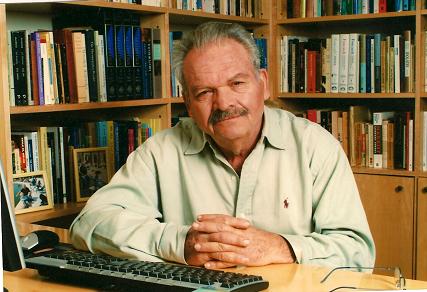
Prof. Menachem Brinker, professor of Hebrew literature and philosophy at the Hebrew University of Jerusalem, is an internationally renowned researcher who has made his mark in the study of literary theory in Israel and around the world.
His unique interdisciplinary approach, which combines together the fields of philosophy, literary theory and the theory of interpretation, has been instrumental in the study of literature even outside the borders of Israel. His studies instilled in generations of researchers and literary critics critical standards that had a profound effect on literary criticism and its research.
Several distinctions he established - for example, the distinction between "realism" as creating an illusion of "resemblance to reality" and "realism" as a serious representation of reality, capable of influencing the opinions and beliefs of the readers in relation to it; or the distinction between artistic conventions and artistic tricks - provoked a lively discussion among his colleagues and became a currency "passing for the researcher" in all writing about literature and art.
In his studies, Prof. Brinker dealt with the representation of reality in literature and art, as well as researching the essence of literary interpretation and the processes of reading, understanding and evaluation. At the same time he published a series of studies on Hebrew literature.
He authored seven books in Hebrew and about two hundred articles in philosophy, literary theory, Hebrew literature and cultural and social issues. Several book chapters and about forty articles have been translated into many languages. In Israel, his monograph on the writer YH Brenner received a lot of interest.
In addition to his research work, Prof. Brinker was active in many areas of literary life in Israel. Among other things, he edited the literary weekly "Masha", founded and edited the social and cultural criticism monthly "Midah", as well as initiated and edited book series designed to improve the teaching of literature.
In 1995, at her request, he established a chair and curriculum for "Modern Hebrew Studies" at the University of Chicago, and also taught there for several years. In the decades he taught at the Kibbutzim Seminary, Tel Aviv University and the Hebrew University in Jerusalem, he trained many hundreds of students. Won the Israel Prize for the study of Hebrew and general literature for 2004.
Prof. Motti Highblom - physicist
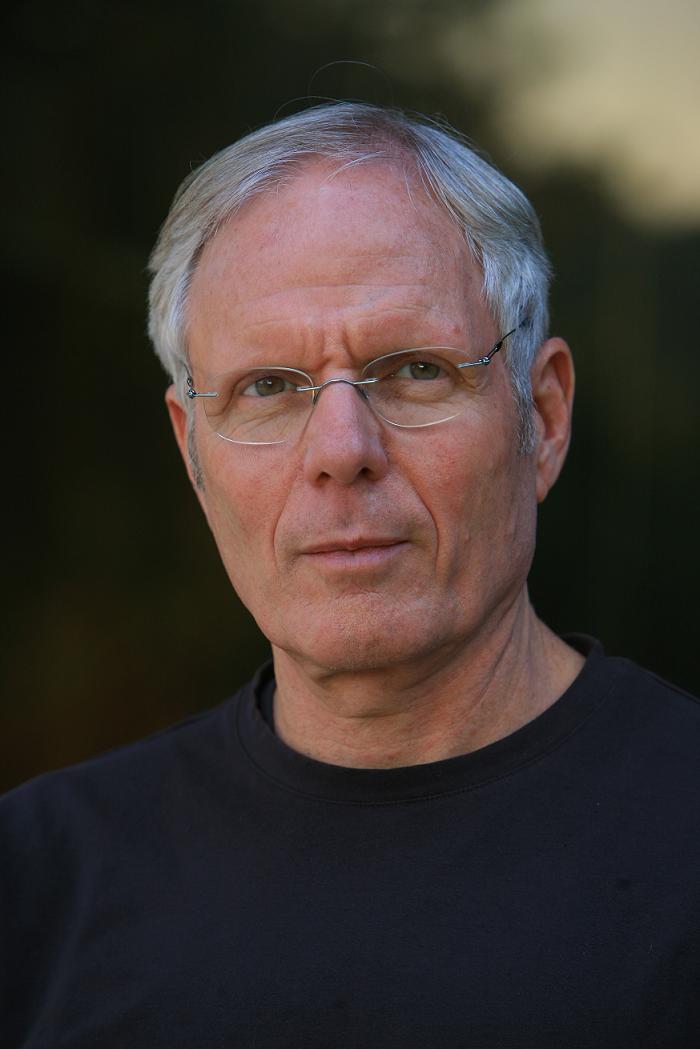
Prof. Moti Highblom from the Department of Condensed Matter Physics at the Weizmann Institute of Science is one of the world's leading researchers in experimental physics.
In his research, he examines the two-dimensional electron gas in the surface formed between two layers of semiconductors. He grows these layers in his laboratory and creates mesoscopic and nanoscopic devices from them using the most advanced methods. These devices are used for experiments that are the cutting edge of this branch of physics. Prof. Highblom's experiments made an important contribution to the quantum physics of electrons in solids and also discovered new and unexpected phenomena that arouse great interest among researchers.
Most of his research deals with the quantum behavior of electrons in miniaturized solid state devices (submicron transistors) in the mesoscopic region, the intermediate field between classical physics and quantum physics. For example: electron entanglement in small systems, the processes that distinguish a quantum system from a classical system and electronic systems that behave as fragile particle carriers, meaning that each particle in them carries a charge smaller than that of an electron.
In 1990, Prof. Highblom returned to Israel from the United States, after completing a doctorate at the University of Berkeley and twelve years of work at the IBM Research Center. At the Weizmann Institute of Science, he established the Submicron Center for Miniaturized Semiconductor Devices Research. Over the years, the center has become one of the leaders in the world in the study of mesoscopic physics, and it receives positive echoes in the scientific community and even collaborates with advanced industries in the fields of electronics and optics.
Prof. Highblom holds the Alex and Ida Sussman Chair for Submicron Research. Won the 2008 Rothschild Prize.
Prof. Ehud Hrushovsky - The Hebrew University
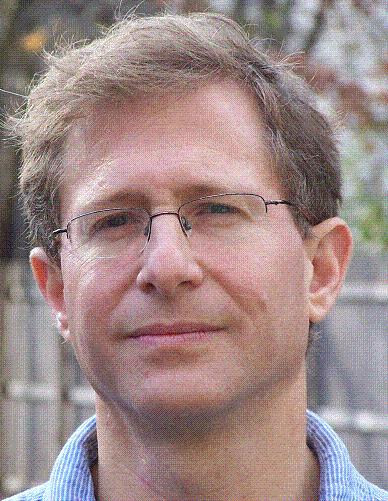
Prof. Ehud Haroshovsky from the Institute of Mathematics at the Hebrew University of Jerusalem is a world-renowned great mathematician in the theory of models, one of the branches of mathematical logic and its uses in fundamental and classical areas of mathematics, especially in number theory and the theory of finite sets.
One of his important contributions was the understanding of internal symmetry in model theory. He worked on the fine structure of 'categorical theories' (which have a single model with appropriate strengths) and together with Prof. Boris Silber discovered a logical characterization of algebraic geometry which he later proved to have, and for stability theory in general, implications for properties of central objects within algebraic geometry, and from this he derived Conclusions for number theory.
His works contributed to the determination of important generalizations in stability theory that are tangential to broader fields of geometry, finite set theory, and number theory. His works are outstanding on the one hand, in their originality they create new research directions and fields, and on the other hand, they created a connection between mathematical branches that seemed far from each other, which changed the face of model theory and its uses in algebra and algebraic and arithmetic geometry.
For these achievements, Prof. Hrushovsky won twice the Karp Prize of the Association for Symbolic Logic as well as the Ardash Prize of the Israeli Mathematics Association. He also won the Rothschild Prize for 1998, the Clay Grant for 2001 and the Bruno Grant for 2004. In 2007 he was elected a member of the American Academy of Arts and Sciences.
Prof. Gedaliah Stromza - The Hebrew University
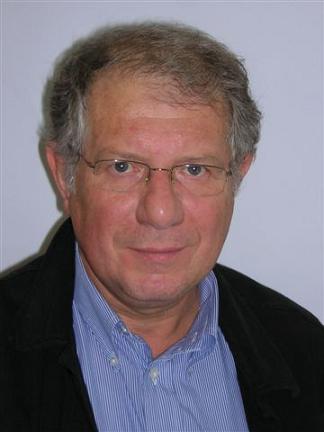
Prof. Gedaliah Stromza, the trustee of the Martin Buber Chair for Religious Studies at the Hebrew University of Jerusalem, is one of the leading researchers in the world in the fields of early Christian literature and the history of thought and religion in late antiquity.
He dealt extensively and with originality and innovation in the history of Gnosticism, in the religious and intellectual developments of the beginning of Christian literature and in the history of European research in the field of religions from the XNUMXth century onwards.
His first works dealt with Gnostic mythology. He discusses in detail aspects of the history of the Manichaean religion, the development of nuns in Christianity and the Christian polemic with the Manichaeans. Made innovative proposals regarding the origin of certain concepts in Judaism, such as the concept of the Sephiroth, and dealt with the questions of cultural memory in the religious frameworks of Christianity.
In his engagement with the modern study of the history of religion and his historical sources, Prof. Stromza shed a new light on some of the central figures in the history of the study of religions from the beginning of the modern era to the 20th century, including Martin Buber, Sigmund Freud and Arnaldo Momiliano.
Prof. Stromza's scientific contributions testify to bold thought and depth, a breadth of horizons and a new vision of problems in the field of the history of religions and intellectual history. He is considered among his colleagues to be a prolific and creative researcher whose contribution is great, both in the number of publications and the breadth of their subjects and in their scientific quality.
Prof. Stromza established a new field of study in the study of Christianity in Israel. He founded the Center for the Study of Christianity at the Hebrew University in Jerusalem and headed it. The University of Zurich awarded him an honorary doctorate in 2004, and in 2008 he won the prestigious Humboldt Research Award.
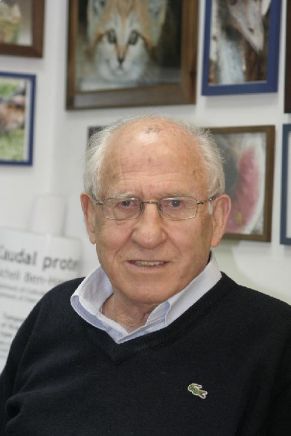
Prof. Aharon Razin, a professor in the Department of Cell Biochemistry and Human Genetics in the Faculty of Medicine at the Hebrew University of Jerusalem, is one of the most senior researchers in molecular biology and is known as a pioneer in this field.
He was the first to develop a method for introducing mutations into DNA in vitro (in 1978), thus paving the way for understanding the function of genes. Later on in his career, he developed an innovative model according to which a tiny change in DNA, a process called methylation, plays a central role in gene control: he discovered that methylation serves as a marker for binding a protein that plays a role in DNA transcription. To this day this model is the cornerstone for understanding the epigenetic control of gene expression. The correctness of the model was tested in joint studies with Prof. Haim Sider. The two provided experimental evidence for the existence of unique gene methylation patterns and that these patterns are reliably passed down from generation to generation.
In the nineties, their laboratories contributed to the understanding of the formation of methylation patterns in the fetus. They were able to prove all the molecular principles that form the basis for understanding the biochemistry, genetics and physiology of methylation.
In the continuation of Prof. Razin's work in the field of epigenetic control, he discovered that DNA methylation is involved in the mechanism of genomic imprinting, a system that allows the inheritance of genetic activity from only one parent, thus he was able to solve one of the most difficult puzzles of genetics in modern times.
He served as the Director of the Department of Cell Biochemistry, Chairman of the Institute of Biochemistry and Chairman of the Center for Genetic Engineering and was selected as a senior visiting researcher at the United States National Institutes of Health (NIH).
Elected a member of the European Organization for Molecular Biology EMBO in 1996. Won the Israel Prize in Biochemistry for 2004 and the Wolf Prize in Medicine (in collaboration with Prof. Cedar) for 2008.
Prof. Yoel Rak - Evolution, Tel Aviv University
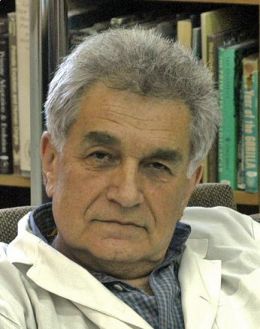
Prof. Yoel Rak is a professor of human anatomy and evolution and teaches at the Sackler Faculty of Medicine at Tel Aviv University. He is one of the most prominent and leading researchers in the field of the study of the beginning of man and is considered the authoritative bar in Israel in this field, but his status and publication span the world.
His doctoral thesis dealt with the anatomy and architecture of the facial skeleton of the fossilized hominids of the genus Australopithecus ((Australopithecus, and most of his subsequent research was devoted to understanding the bony anatomy of the face and the biomechanics of the chewing mechanism. He concentrates on the two ends of the human fossil continuum: fossils of the genera Australopithecus and Homo)) from East Africa and from the south, the earliest human fossils, and Neanderthal and Homo sapiens fossils (Homo Sapiens is ancient from the Middle East and Europe, the later ones. In his studies, he merges the anatomical approach with the functional approach to gain a deeper understanding of the development of these anatomical systems and to solve taxonomic and phylogenetic problems of the many human species.
In the last twenty years, the professor has only been involved in fieldwork in the Ash region in northern Ethiopia and in the Neanderthal sites in Israel: Nahal Amud Caves, Pigeon Cave and Kabara Cave. The fossils he helped to find help reconstruct the story of human evolution and sketch the complicated geometry of the tree of development of the entire family.
In a study that was published in 2007 and received many echoes, Prof. Reck showed that the oldest skeleton discovered in East Africa, which until then was considered one of the ancestors of the modern human species, is not what was estimated. Since its discovery in 1974, it has been accepted by researchers that this skeleton (known as "Lucy") preceded the stage when man split into two different branches, one of which is the biological type Homo (and therefore the skeleton is considered the ancestor of Homo sapiens, which modern man refers to). He showed that this skeleton is later than that division and that it is not from the gay ancestors.
Prof. Reck raised generations of students whose lectures opened a window to the world of evolution. For him, objective and balanced science education is a supreme value and he often lectures voluntarily to present to the general public scientific biological thinking, evolutionary theory and the philosophy of science. He also invests a lot of effort in dialogue with the religious public on issues of religion and science.

3 תגובות
Women or men - the main thing is science and not any subculture and sublevel that invades our districts like "big brother" etc. etc.
As it should be - they are all men.
A wise choice that will pay off.
Congratulations! Go forth and succeed!!!
All are men and 5 out of 6 belong to the Hebrew University.
disgrace.
With all due respect to their groundbreaking contribution, the criticism is not against them - these are first class scientists and they definitely deserve to be the recipients of the award. The shame and disgrace belongs to the jury whose judgments smell bad in their connection to the Hebrew University and in their ultimate choice of only men as prize grooms.